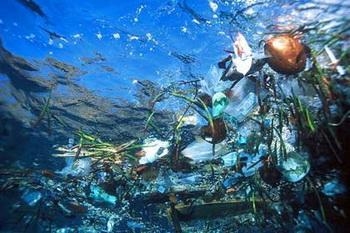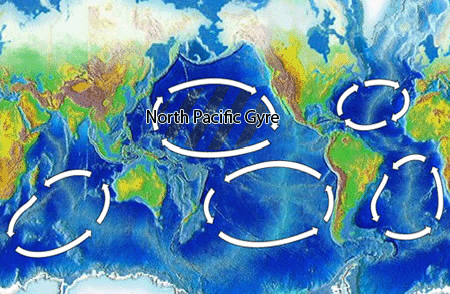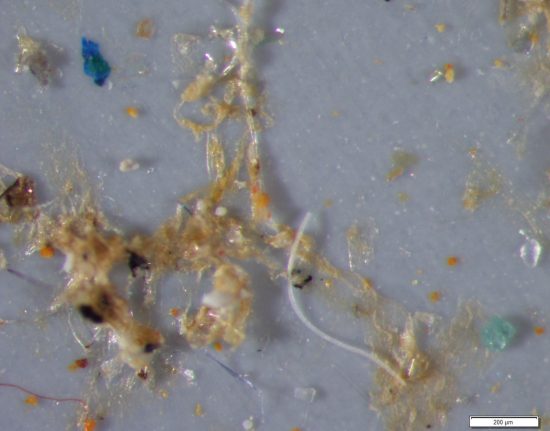




What happens with the trash?
What happens to a piece of trash that's discarded into the ocean? Well,
if it is not eaten by marine animals or seabirds, it may travel across
the world and end up in one of five huge mass of garbage somewhere in
the world.
For 35 years, the scientists from NOAA has been dropping buoys into the
ocean to gather more information about how such masses of garbage form.
It seems that our discarded garbage and marine debris are carried and
swirled around through the action of ocean currents.
Over time, they
end up in oceanic gyres. Currently, there are five of them worldwide,
namely the North Pacific Gyre, South Pacific Gyre, North Atlantic Gyre,
South Atlantic Gyre and Indian Ocean Gyre. They remain at these
locations due to the actions of ocean currents, and they are huge!
As they are generally beneath the ocean surface, many of us are unaware
of them. As more and more trash and debris gets discarded into the
ocean, the masses of garbage grow larger and larger. Over time, the
garbage breaks down into smaller particles and eventually into
microplastics that find their way into the food chain, killing marine
life that consume them.
By 2025, based on the current rates of disposal, there will be three
tonnes of fish for every one tonne of discarded plastic trash. And if
the situation still doesn't improve, by 2050, the equation will be
reversed. In other words, there would be more plastic in the oceans
than fish!
 Mares
Mares 8th December 2016
8th December 2016